The 6-step roadmap to leverage Conscious Crowdsourcing
This is an era of ‘Conscious Crowdsourcing’ – where unprecedented connectivity, technical agility and demand for solutions to pressing global challenges have given rise to new multidisciplinary and collaborative efforts by companies, foundations, nonprofits, governments and individuals to advance social progress.
Similar to crowdfunding, which continues to effectively raise capital to support a cause or initiative from a broad base of supporters, crowdsourcing broadens the collective effort to source resources, especially intellectual capital, from multiple sources.
In its report on ‘Conscious Crowdsourcing’, Weber Shandwick explores how unprecedented connectivity, technical agility and demand for solutions to pressing global challenges has given rise to greater investment in collaboration to advance solutions to issues from climate change to poverty to global health and beyond. The report, fourth in the Innovation Trends series, has been brought out by Weber Shandwick’s Social Impact practice team.
Crowdsourcing as a tactic for sourcing new ideas and engaging people in co-creation is not new. And neither is crowdsourcing for social good. For example, since 1900, The National Audubon Society has organised people to do an annual count of all the birds in the Western Hemisphere. But over the past several decades, the practice of crowdsourcing has been deployed more and more often to benefit social and environmental causes. And so too, with the rise of social media, the pace of possibility for progress for these causes has grown exponentially greater.
On one end of the spectrum, social media challenges with the aim of sparking broad-based participation and awareness, such as the #IceBucketChallenge, demonstrate a mass of support by blitzing social media feeds with conversation about an issue or organisation, thereby raising its profile and priority. On the other end are innovation challenges, such as the XPRIZE, which catalyses collective efforts to create new technologies or solutions that benefit humanity, or the Global Challenges Foundation New Shape Prize, which is crowdsourcing ideas on new models of global cooperation capable of handling the most pressing threats to humanity.
The report provides a six-step roadmap for purpose organisations across sectors to align their practices with best-in-class conscious crowdsourcing efforts for social change.
Step 1: Focus on a clear and compelling issue or initiative to advance
Step 2: Recruit the perspectives and expertise to shape the message
Step 3: Facilitate inclusive and efficient collaboration and sharing
Step 4: Design a nimble and responsive communications platform
Step 5: Deploy messengers and storytellers as a united front
Step 6: Evolve the story based on learnings and momentum
How crowdsourcing is shaping journalism
The idea that everyday citizens can and should contribute to the information that shapes the news is not new, but it was greatly enabled by the advent of the internet and then further empowered by the rise of social media. Sometimes called ‘citizen journalism,’ crowdsourced journalism was originally conceived mainly as a check on mainstream media. However, in the wake of events such as the 2010 earthquake in Haiti, Arab Spring protests and more recent social movements, crowdsourced journalism has become a staple of new media outlets and legacy outlets alike. And in between are new tools to enable crowdsourcing and real-time information to enhance journalism across the board.
Crowdsourcing in Legacy Media
For legacy outlets, the practice of crowdsourcing provides additional resources for fact-checking and verification, data and information access and investigative legwork. The Reuters Institute for the Study of Journalism at the University of Oxford published a helpful analysis of crowdsourcing in investigative journalism with compelling examples from The Guardian in the UK, NPR in the US, Helsingin Sanomat in Finland, among others. And we have a fairly current example of crowdsourced investigative journalism facilitated by David Fahrenthold of The Washington Post, who was investigating the charitable activity of the new President in the lead-up to the 2016 US Presidential Election.
Crowdsourcing Tools & Technology
The media industry is supported by new technology efforts such as Google’s News Lab, which seeks to make the world’s information universally organised and accessible and provide tools, data and programmes designed to help news organisations. Similarly, the non-profit Internews aims to give communities the resources needed to produce quality, independent and verified news and information locally. Additionally, there are several open data corruption platforms, such as the Central Commission for Discipline Inspection Website App in China or I Paid a Bribe in India, that are helping journalists expose patterns of corruption.
Pure Play Crowdsourced News
While every person with a camera phone and a social media profile is a potential citizen journalist, the true power of crowdsourced journalism lies in the ability to combine the immediacy of real-time, on the ground information (often shared through social networks) with a process to verify and fact check that information and ultimately analyse all aggregated information to uncover trends and insights that will inform the public.





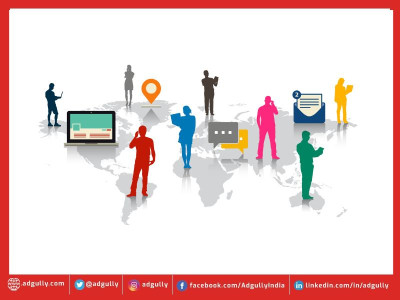
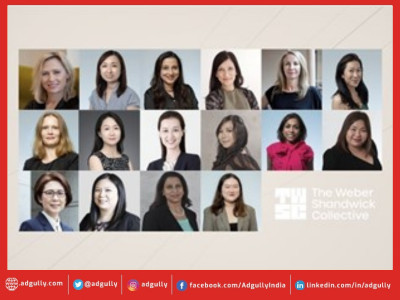

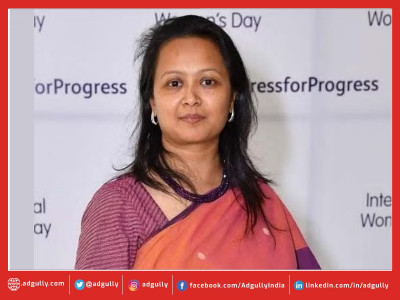
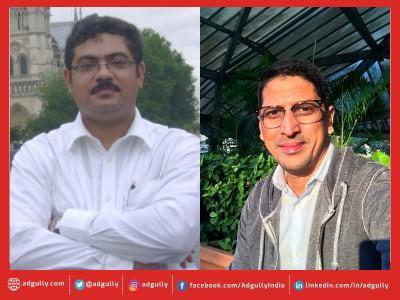
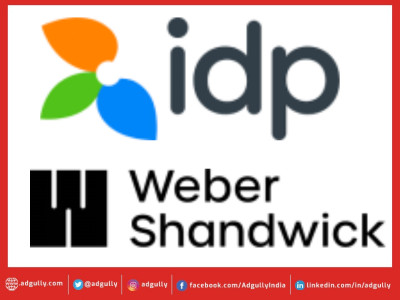






Share
Facebook
YouTube
Tweet
Twitter
LinkedIn